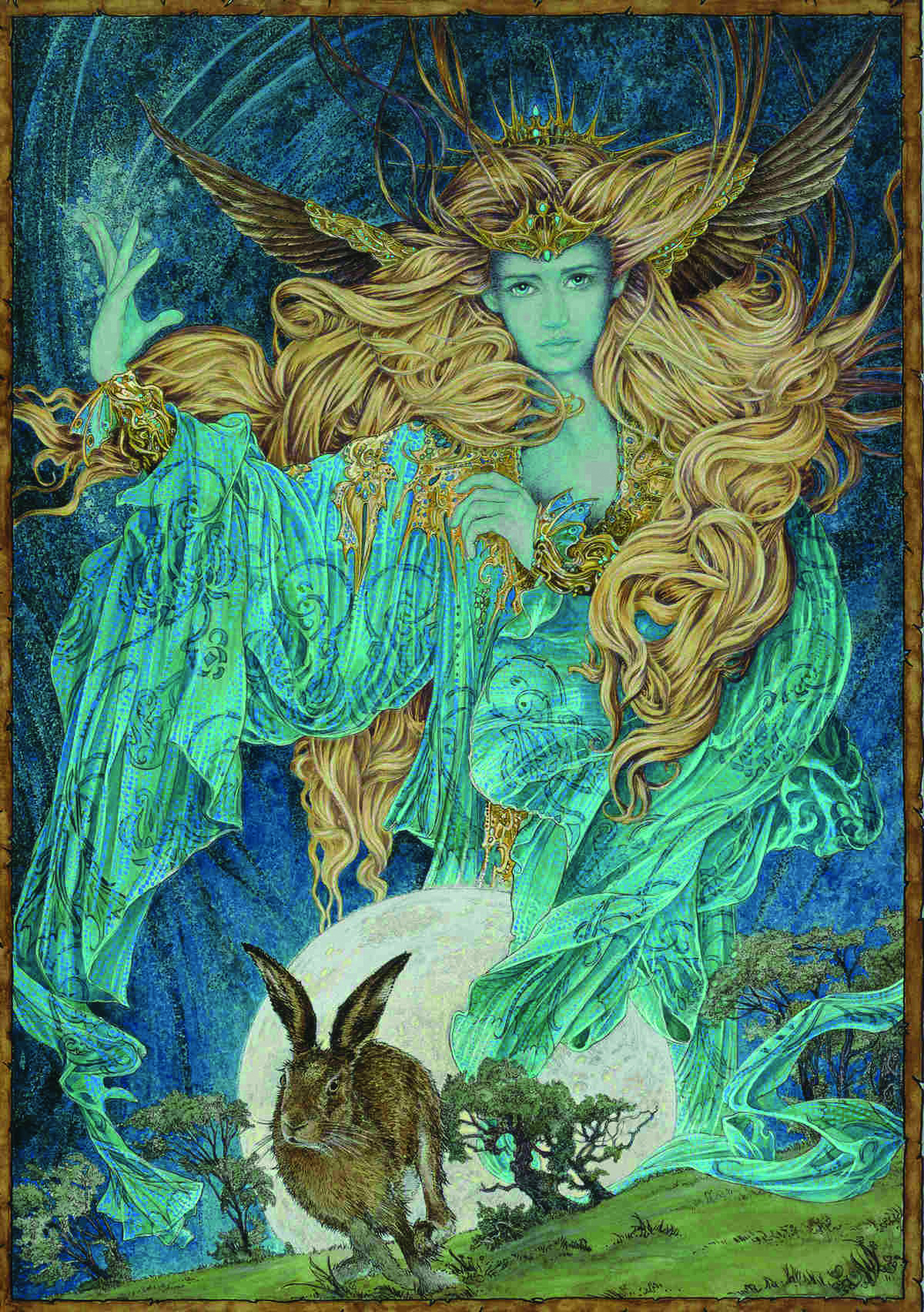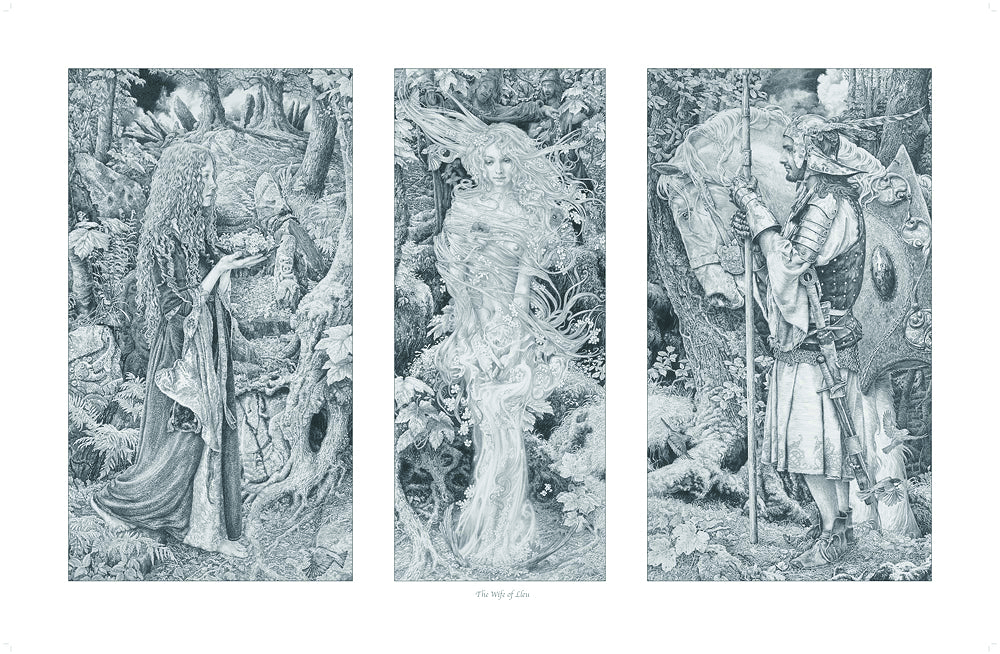Working as a freelancer in the graphics industry, Ed Org is known for his personal mythological art in pencil and watercolours. We caught up with him to learn about his influences and what he thinks about working in art today.
If you’re inspired by Ed’s work and want to upgrade your own kit for traditional art, check out our guides for the best art supplies and sketchbooks for artists.

Where did you grow up and how has this influenced your art?
I was born in 1955 just outside Lawley in Shropshire. Lucky enough to have parents who saw and understood the value of the countryside, mine was a childhood spent exploring dappled woodland, secret pools, ruined barns and cottages; all places rich in wildlife.
My father was from Estonia, a country of forests and lakes, which probably accounts for the Northern feel of my work. My surname means ‘guardian of the valley’, the meaning lost in the dim and distant mystical past of the Estonian Viking Age.
What, outside of art, has most influenced your work?
After leaving art college in 1979, I began work as a graphic designer producing brochures for companies as diverse as British Airways to the Countryside Commission. During these years I became interested in the reenactments taking place across the UK. A collection of photographs grew: Anglo-Saxon, medieval, Viking and so on. These, allied to my growing interest in Arthurian legends, plus the downturn in graphic work around 1992, pushed me into making the decision to strike out on my own.
What was your first paid commission, and does it stand as a representation of your talent?
While selling my work at various prestige craft fairs in the grounds of stately homes around the UK, I was able to build up a following for what in essence was a travelling gallery. From this, I was commissioned by the owner of a brewery to produce some artwork for their beers. That was an interesting departure for me, and encouraged me to experiment more with colour work, but I’d say that the pencil work is what I’m predominantly known for.
What’s the last piece you finished and how has your work developed?
My most recent piece, The Huntress, features Emily, who has posed for me many times. For 30 years I’ve also collected various costumes, props and books that have aided me in my compositions, and with more experience you endeavour to be more inventive subject-wise.
What character or scene that you’ve painted do you most identify with?
With a mix of history, poetry and myths to draw on, my large triptych The Wife of Lleu is the piece I consider my most successful. The idea was formulated from a 1919 copy of Francis Ledwidge’s poetry. He was an Irish volunteer in WW1 who was killed at Ypres. His poetry has spoken to me across the years.

What are your painting rituals?
I don’t involve myself with the technicalities of rituals as such. As long as my drawing board is clean and all the materials are to hand, reference material primed, and various discs in the CD player, I’m ready to start creating.
Is making art as a career all you thought it would be?
I have only ever thought of my graphic design work back in the 1980s as a ‘career’. Today I consider myself as a traveller through a realm cloaked in a magical mist. For here there be dragons, sirens, witchmusic and lost knights.
What does the future hold?
When I started out there was no internet or social media, so you stood or fell by your artistic ability. With AI, artists’ futures are more uncertain. As for me, I believe that traditional art will win out. I’ll keep listening for the eldritch calls of the muse and the elfland king.
You can see more of Ed’s work at obsidianart.co.uk
This content originally appeared in ImagineFX magazine, the world’s leading digital art and fantasy art magazine. ImagineFX is on sale in the UK, Europe, United States, Canada, Australia and more. Limited numbers of ImagineFX print editions are available for delivery from our online store (the shipping costs are included in all prices).
Daily design news, reviews, how-tos and more, as picked by the editors.




